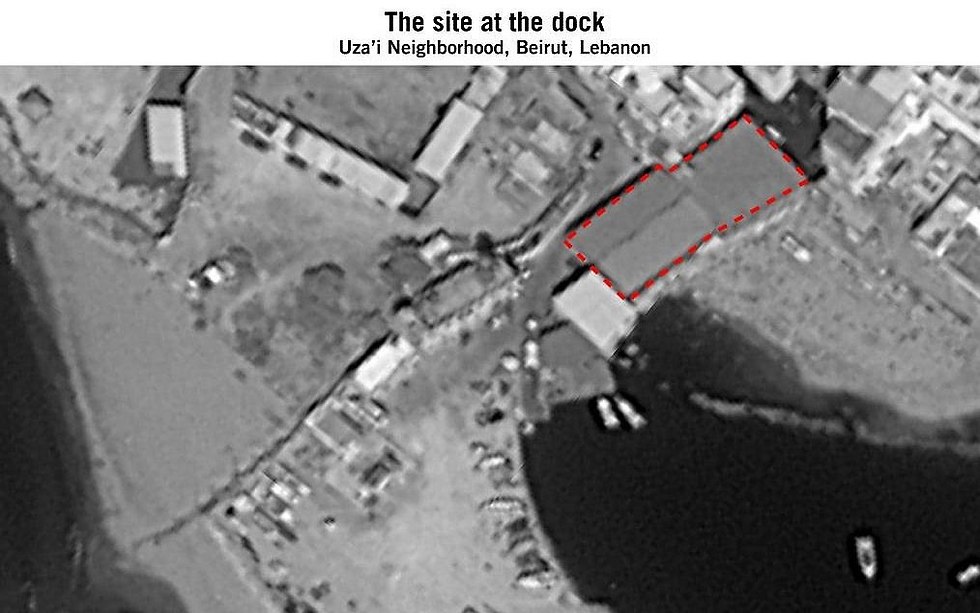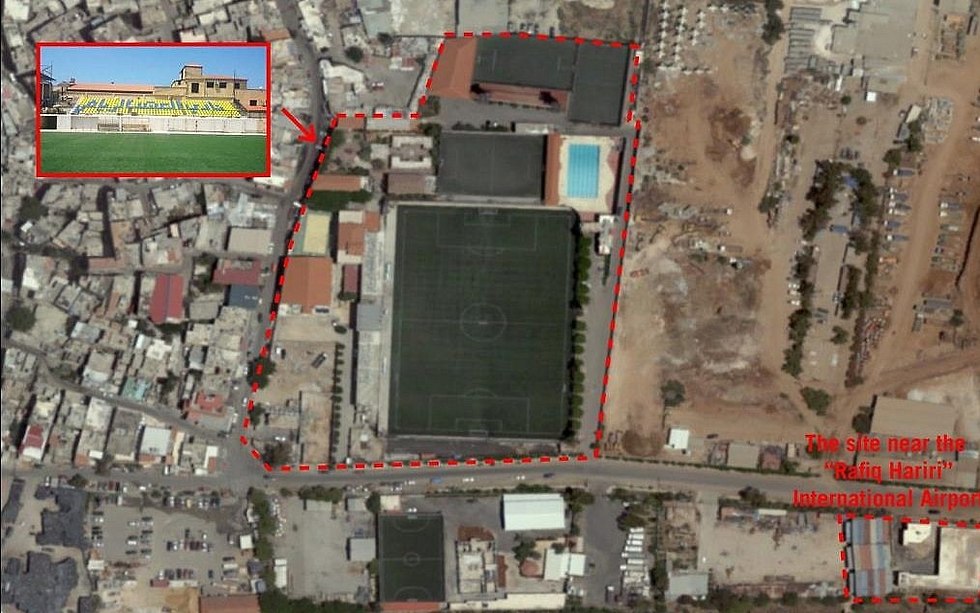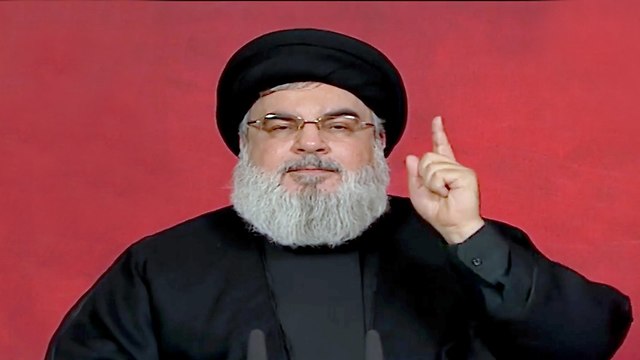Analysis: According to reports, Iran has recently increased the frequency of its advanced weapons deliveries to Hezbollah; the Cabinet needs to decide whether or not to attack the Iranian missile factory as a preemptive strike; meanwhile, Hamas proves again and again that it has no intention to put back down until it gets what it wants; our leaders must formulate a strategy—and fast.
While IDF Chief of Staff Gadi Eisenkot was in the Gaza Division on Friday to closely monitor the border fence riots, Fox News reported that American and other Western intelligence officials estimate Iran has recently increased the frequency of its advanced weapons deliveries to Hezbollah.
As far as Eisenkot is concerned, this is the real headache he leaves to his successor, who has not only yet to be announced, but will also not have enough time for on-the-job training. According to Fox News’ report, the latest shipments included GPS components meant to upgrade rockets and turn them into precision-guided missiles. Senior officials told the TV network that one of the flights landed in Lebanon on Tuesday. The plane, a Boeing 747, first touched down in Damascus and then continued to Beirut.

Fox News’ report follows another report that noted that “accuracy kits” meant for the long-range missiles the Iranians having in Lebanon, are smuggled on commercial passenger airplanes going directly to the Beirut airport, where they enjoy cooperation from local authorities. This is how Iran overcomes the main obstacle to arms shipments—the possibility they’ll be attacked by Israeli aircraft, as has happened more than once in the past.
This modus operandi is consistent with the pressure Russia has been exerting on Iran in an effort to maintain the quiet in Syria since the Russian intelligence plane was shot down in the Latakia area over a month ago. But this is not enough for Hezbollah, as in addition to the GPS components the Shi’ite terror organization wants more long-range missiles as well as additional components to upgrade the accuracy of the existing missiles.

This is the place to mention the comments made by Prime Minister Benjamin Netanyahu and Defense Minister Avigdor Lieberman last week, according to which Israel continues operating in Syria against Iran and Hezbollah’s military buildup.
During his speech at the UN General Assembly last month, Netanyahu presented an aerial image of a missile factory Iran built near the Beirut airport, and sent a message to Iran and Hezbollah: “We will continue to act against you in Syria. We will act against you in Lebanon. We will act against you in Iraq. We will act against you whenever, and wherever. We must act to defend our state and to defend our people.”

In light of these remarks and the recent developments, it’s likely the Cabinet’s main dilemma is whether or not to attack the Iranian missile factory in Lebanon as a preemptive strike. Israel hasn’t attacked Hezbollah in Lebanon, nor acted to stop the terror group’s military buildup, since the 2006 Second Lebanon War. Such a move would very likely lead to war.
At this point we should go back to the images of the home of Miri Tamano in Be’er Sheva, which was hit last week by a rocket with a 20 kilogram warhead, perhaps a little more, causing significant damage to the structure. Twenty kilograms is not a lot in Hezbollah’s terms, as the terror group has missiles with hundreds of kilograms of payload, highly accurate. Hezbollah has tens of thousands of the missiles fired at Be’er Sheva last week, several thousand heavier missiles and hundreds of heavy and accurate missiles.

Hezbollah leader Hassan Nasrallah is also watching the developments on the Gaza border closely, and how Israel conducts itself against Hamas, which has far lesser abilities than the Lebanese organization. The IDF respects itself too much to hide or minimize the events on the Gaza border (we don’t expect anything from the government ministers anymore). Contrary to what was claimed, the protests on the border last Friday were not the quietest over the past seven months. Like recent weeks, grenades were thrown at IDF forces and Palestinians managed to cross the border fence in several locations. The quietest Friday was after the declaration of a ceasefire in August, and not last weekend.
What did happen this time was that Hamas sent to the border fence only half the people that were there the week before—10,000 instead of 20,000—and tried to curb the violence, to some degree. Hamas proves again and again that it controls the height of the flames and has no intention to put out this fire until it gets what it wants.
Israel’s political leadership, which is mostly busy with threats to which it has no cover, is now required not only to stop making threats, but also to formulate a strategy—and fast—for Gaza. The solution, at the end of the day, is diplomatic—even if it comes after a military blow. And if anyone thinks otherwise, they ought to instruct the IDF accordingly.
As reported by Ynetnews
